Can excessive car spaces in Kuala Lumpur's city core be converted into micro homes to create new living spaces for people to move back into the city?
It is one of the more novel ideas of communal living being showcased at the WUF9 Village, part of UN-Habitat's 9th World Urban Forum (WUF9) that Kuala Lumpur is hosting until 13 February at the KL Convention Centre.
The WUF9 Village which will be hosted at Medan Pasar, in the city centre is a collaborative effort by WUF9 local organizer Urbanice, Kuala Lumpur City Hall (DBKL) and Think City. Think City is a community-focused urban regeneration organization under Khazanah Nasional Berhad.
Two single-unit micro homes with a shared space have been erected at Medan Pasar for a month to test the feasibility of the communal living concept, said Think City's Programme Director, Partnerships Lee Jia Ping. The idea is to look into the possibility of creating a wider range of affordable housing options that are attractive to attract more citizens to live in the city. According to a Think City study conducted on the 214ha area of the historic core, around 54,000 people worked in the area but only 4,800 are residents.
"Each micro-home is roughly the size of two DBKL carpark lots, each measuring 2.5m x 5m, side by side. These parking lots could be freed up if more commuters use shared transport options like the MRT, Grab and Uber to commute, instead of their own vehicles. The idea is to convert excessive DBKL car park lots into micro homes with shared gardens, community spaces and other facilities that can be accessed by the whole community. "
Aside from micro homes, another option being looked at to increase housing in the historic core is the repurposing of older commercial buildings in the area for temporary or permanent residential use, said Lee.
Other WUF 9 Village events and activities will take place within a heritage building - 2Hang Kasturi. The Art Deco Heritage building built in 1937 will host a social enterprise market hall, a co-working space, interactive exhibition on liveability and a sensory urban experience. Visitors will also be able to see other regeneration projects throughout the historic core including parklets, a reimagined bus stop and a mural painting activity.
It is not the city itself that is the issue, Lee said, but the lack of content in the city that is the challenge.
"When we programme events and activities in the area, they are well- attended. We are now trying to create activities for people who work there, while simultaneously introducing more housing to encourage people to want to live there. It is a multi-pronged approach. We are not looking at any demographic, but rather the right psychographics to come back into the city. We want a young energy to come back into the city .You can be 50 and young at heart. "
Lee said an area particularly of concern lay within a one kilometre radius from the Masjid Jamek area, running from Sheraton Hotel Kuala Lumpur all the way down to the border of Kampung Attap. She said Think City wanted to raise the economic vibrancy of the area by offering a diversity of offerings.
" There is not much diversity in residence, demographic, like restaurants, retail and services here. Malaysians have left in droves for the suburbs. At the moment with no intervention, the vacuum is being filled predominantly by male migrants under the age of 40. Currently in the area you can only see services that cater to this group."
.jpeg)

_PH_Banner_(Desktop)(1200x180px).png)
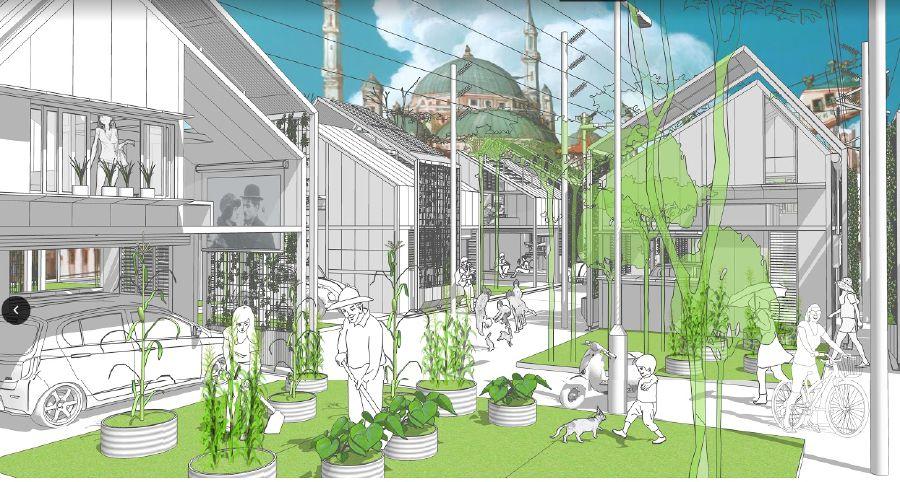
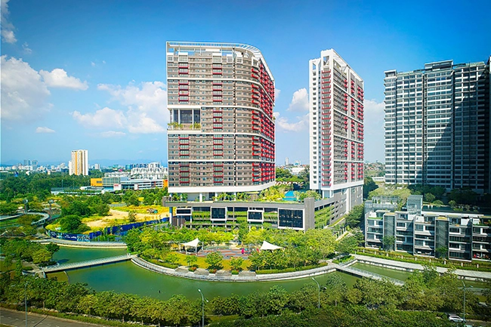
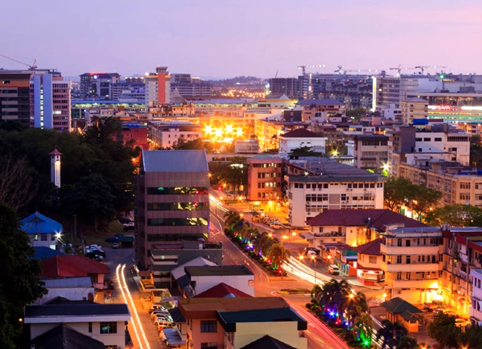
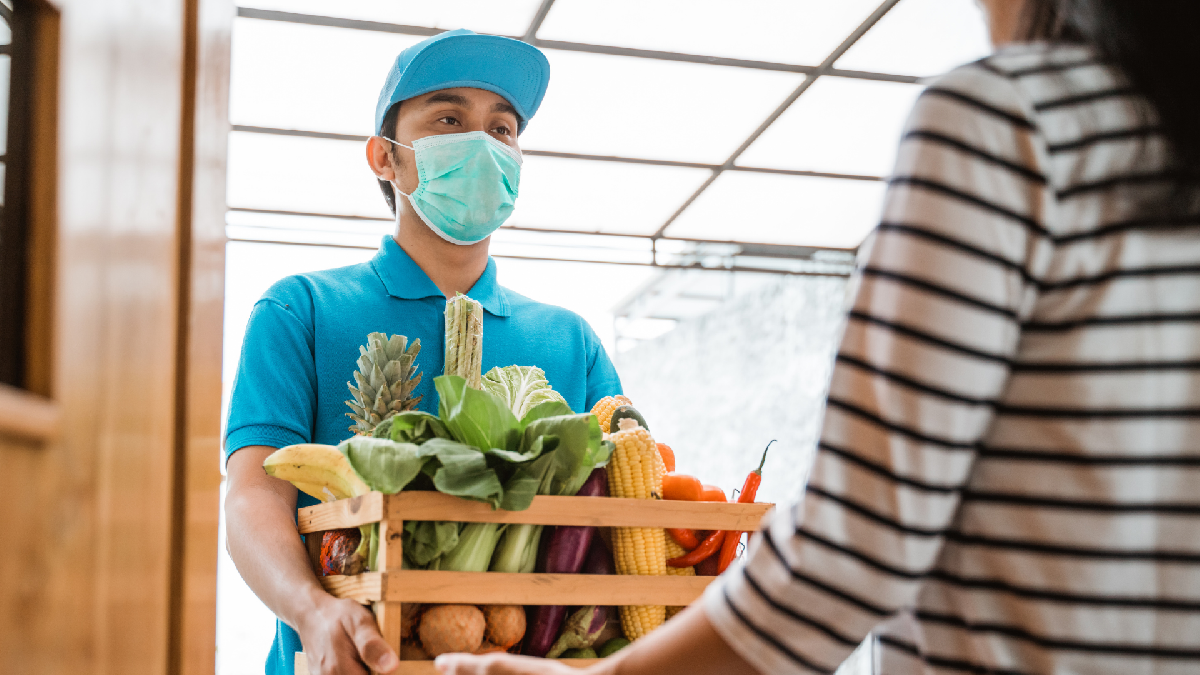
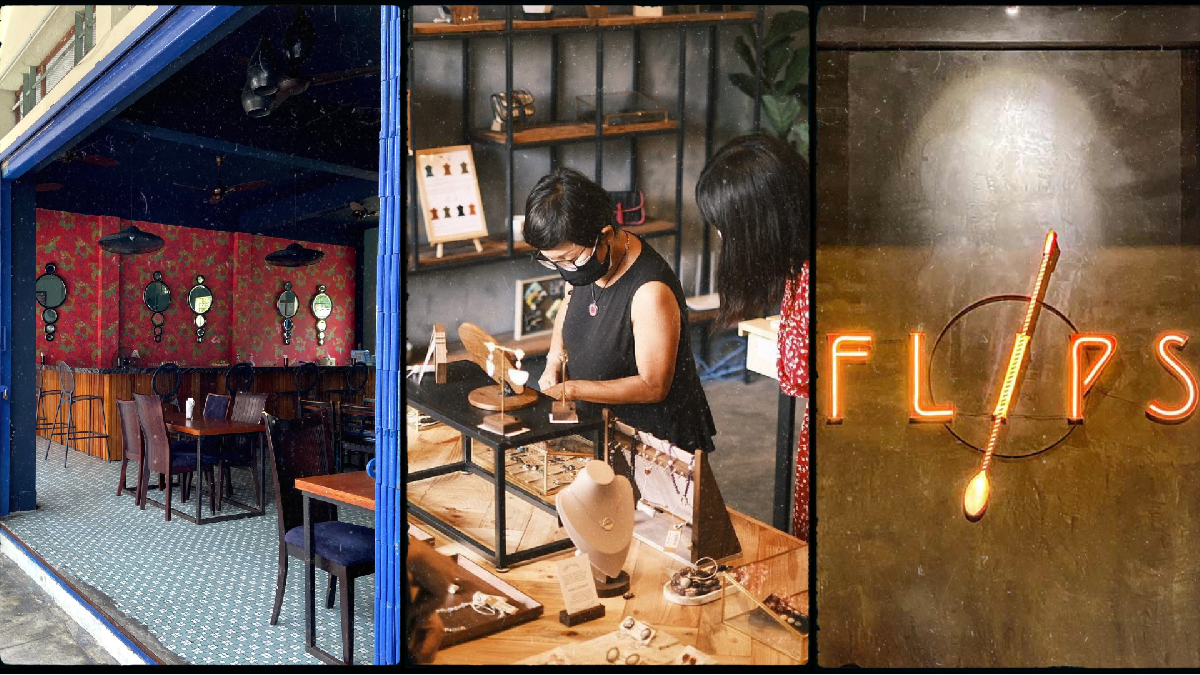
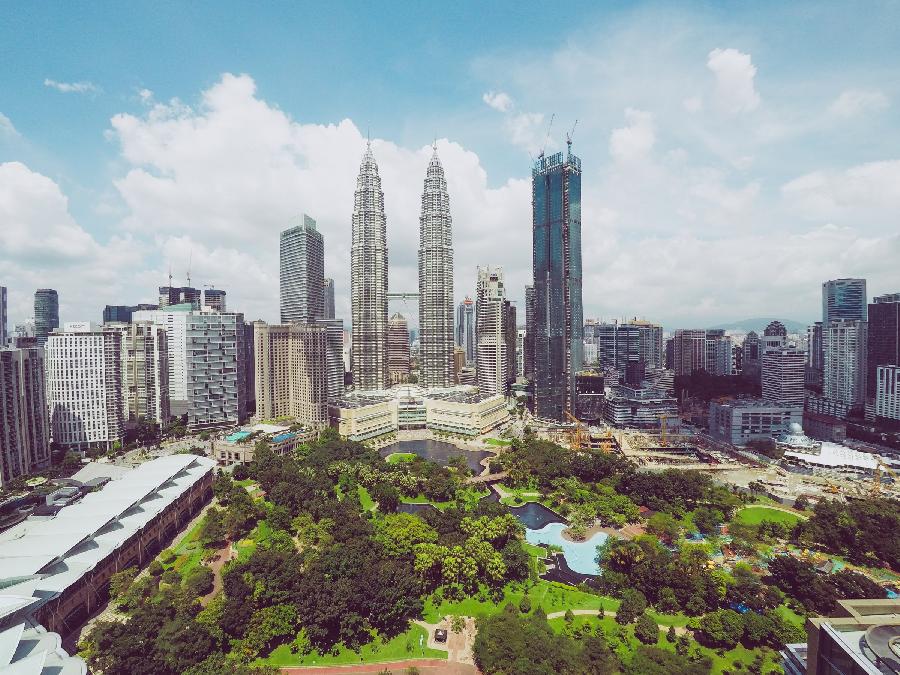
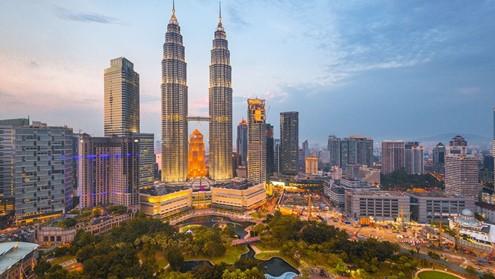

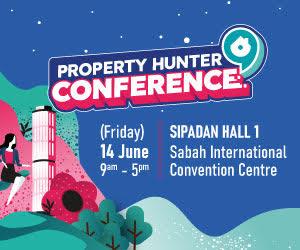
.jpeg)
